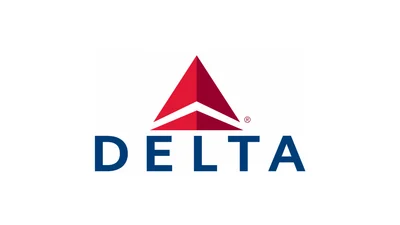Production numbers for each variant are not entirely clear due to conversions and upgrades throughout its history. According to estimates compiled from sources including the USAF, Lockheed Martin, and several aviation databases, production included: 49 U-2A models (1955–1957), six U-2Ds (1957), twelve U-2Rs (1961–1968), one trainer version of the U-2R(T) (1967), one ER-2 for NASA (1981), two TR-1B trainers (1981), and thirty-three TR-1As (1981–1989). All airframes were later converted or redesignated as either single-seat U-2S or two-seat TU-2S trainers in the mid-1990s.
The aircraft’s original mission was to fly above Soviet air defenses to monitor strategic sites such as nuclear plants and missile silos. The first major reduction in fleet size occurred in 1963 when Lockheed began developing faster reconnaissance planes like the A-12 and SR-71 Blackbird. Despite this shift, upgrades continued for existing U-2s.
Later versions like the U-2R featured larger fuselages, updated avionics, bigger payload bays, and more powerful engines. These enhancements allowed it to carry advanced sensors such as the Itek IRIS II camera system.
Today’s U-2S is described by the US Air Force as a single-seat, single-engine reconnaissance platform capable of providing signals intelligence as well as multi-spectral imagery using electro-optic infrared cameras and synthetic aperture radar systems. The aircraft can transmit data worldwide via satellite links for near real-time analysis by military commanders.
Historically significant missions include flights over Cuba during the Cuban Missile Crisis—where a U-2 detected Soviet missile installations—and surveillance operations during conflicts such as the First Gulf War and over the Balkans.
The Republic of China Air Force operated its own squadron of U-2s after signing a mutual defense treaty with the United States in 1954. Known as Project Razor or Taiwan’s Black Cat Squadron, these pilots flew more than 200 missions over mainland China between 1961 and 1974 to gather intelligence on nuclear facilities and military developments. Six aircraft were lost during these operations; four pilots died while two others were captured.
Over its seventy-year history, many early-model U-2s were upgraded rather than replaced outright—a process that included new engines and modifications for specific mission requirements. Attempts were made to operate some variants from US Navy aircraft carriers; while launches proved feasible, landings presented significant challenges.
By August 1974, all CIA-operated U-2s had been transferred to USAF control. Since then, they have remained a key asset for high-altitude surveillance operations around the world.
 Alerts Sign-up
Alerts Sign-up





































